A summary of the Reformation can be found here.
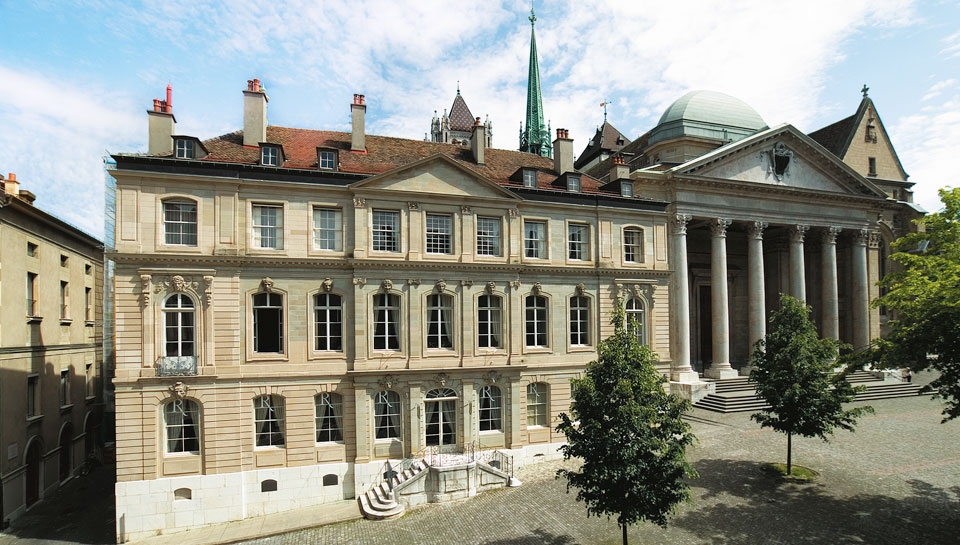
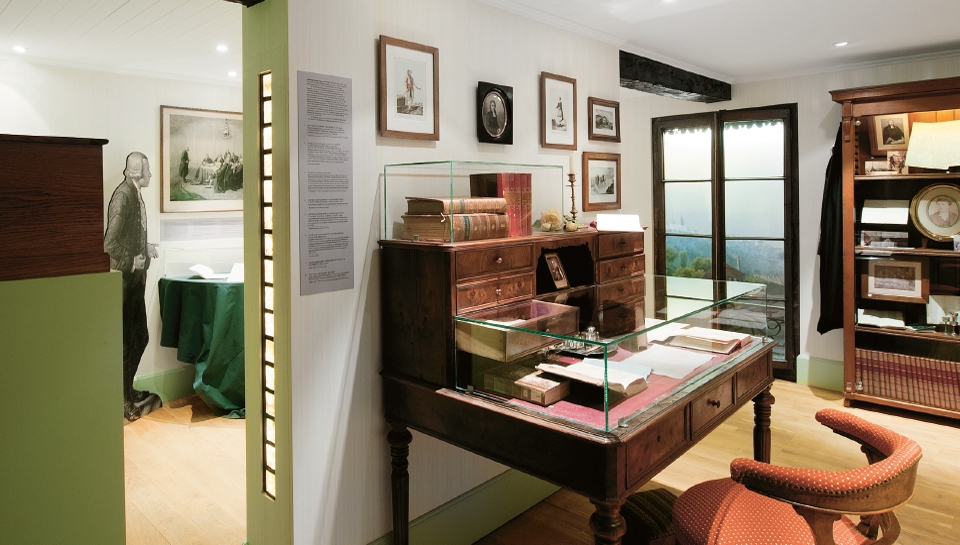
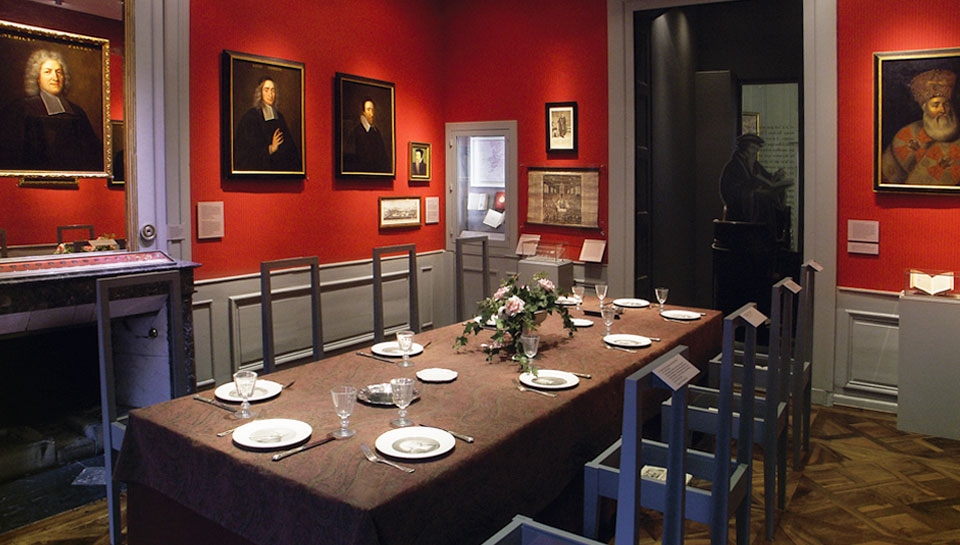
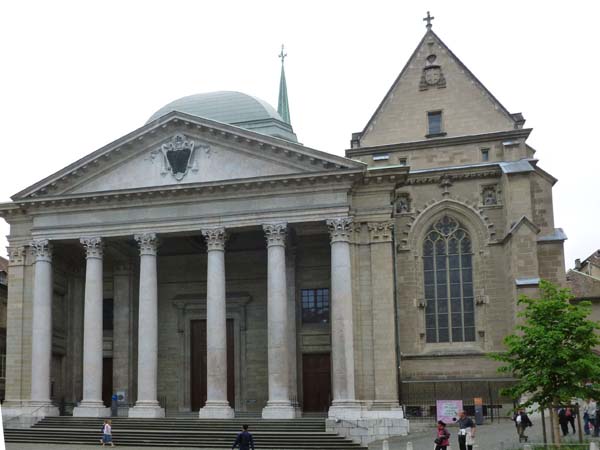
.
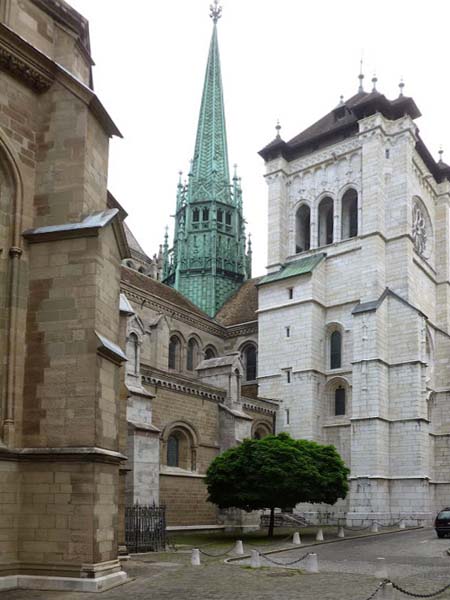
but the interior is stark, since the Reformers did not approve of the church when it was Catholic. It was dominated by the pulpit from which John Calvin preached.
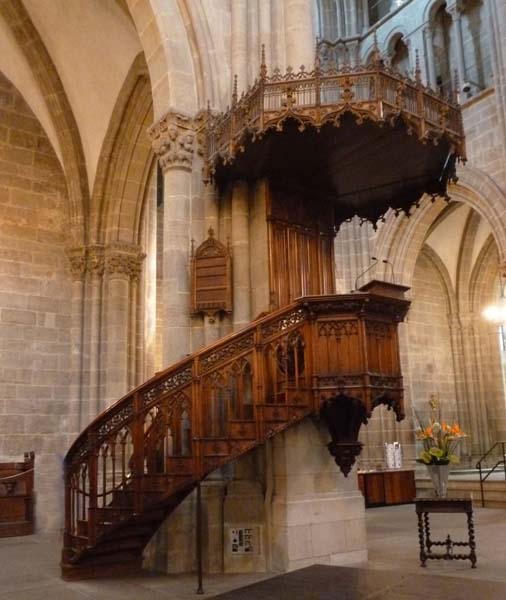
However some stained glass is there, especially in the Chapel of the Maccabees.
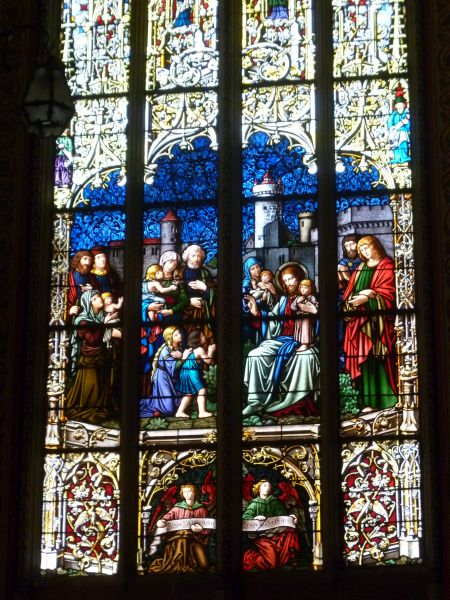
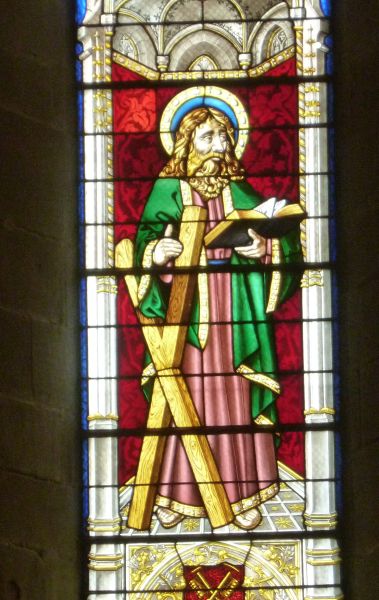
A short history of Geneva from the 2nd c. BC to the Reformation can be found here.
Then next photo is a model of the different buildings which have been discovered. The church of relics is from about 350 AD. By 500 AD there were baptistries and two cathedrals, the north and the south. In the 7th-8th centuries there was an east cathedral and by the 9th-10th centuries there was only one cathedral. In 1160 the construction of St. Peter's Cathedral was begun.
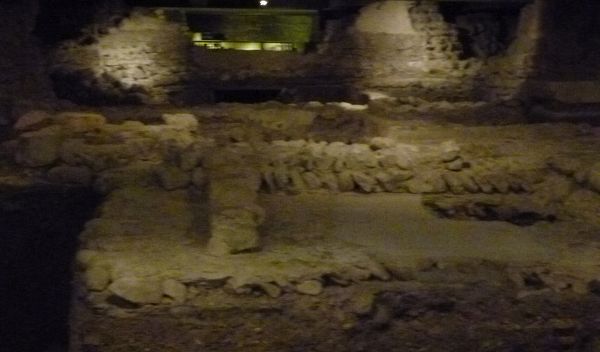
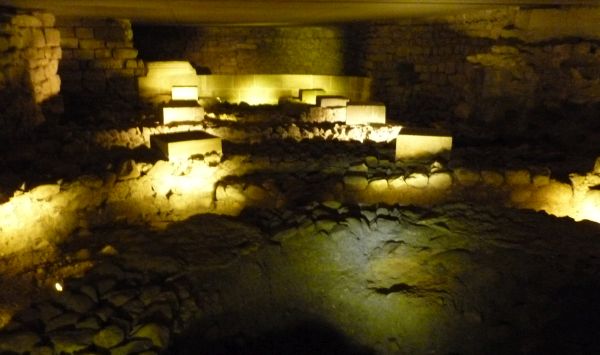

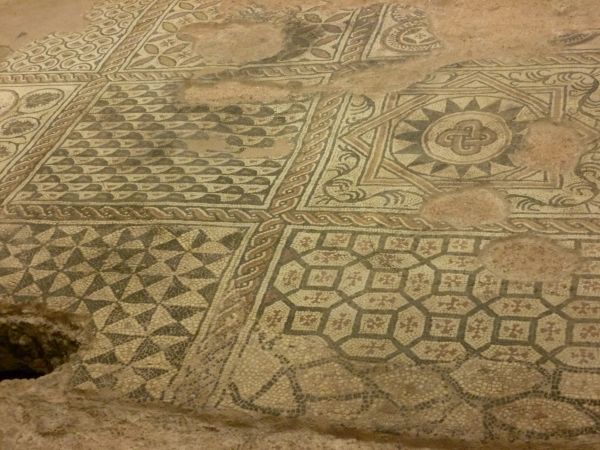 >
>
After two hours in this archaeological site, we felt the need for something more modern- a gelato which we enjoyed very much.
